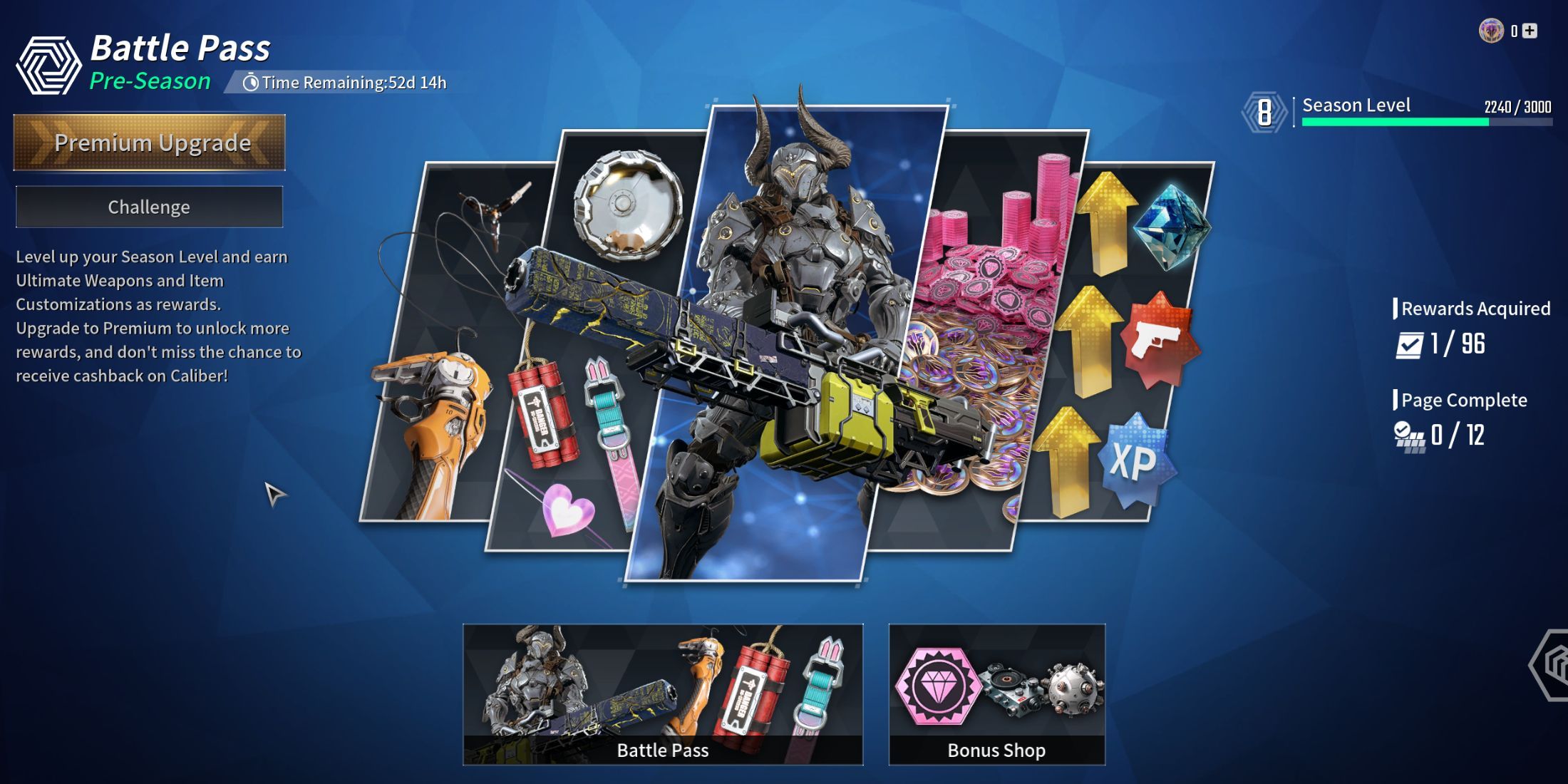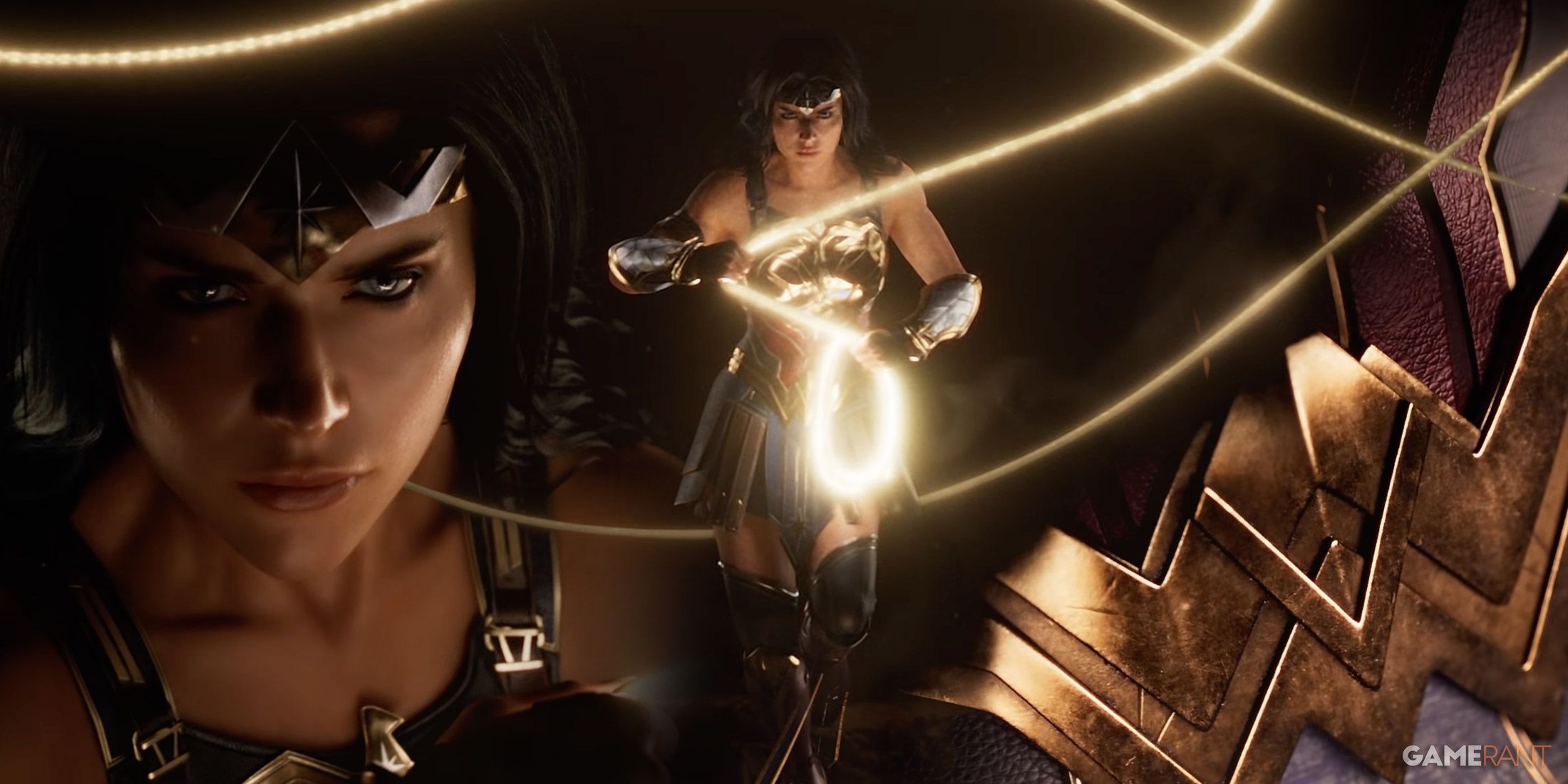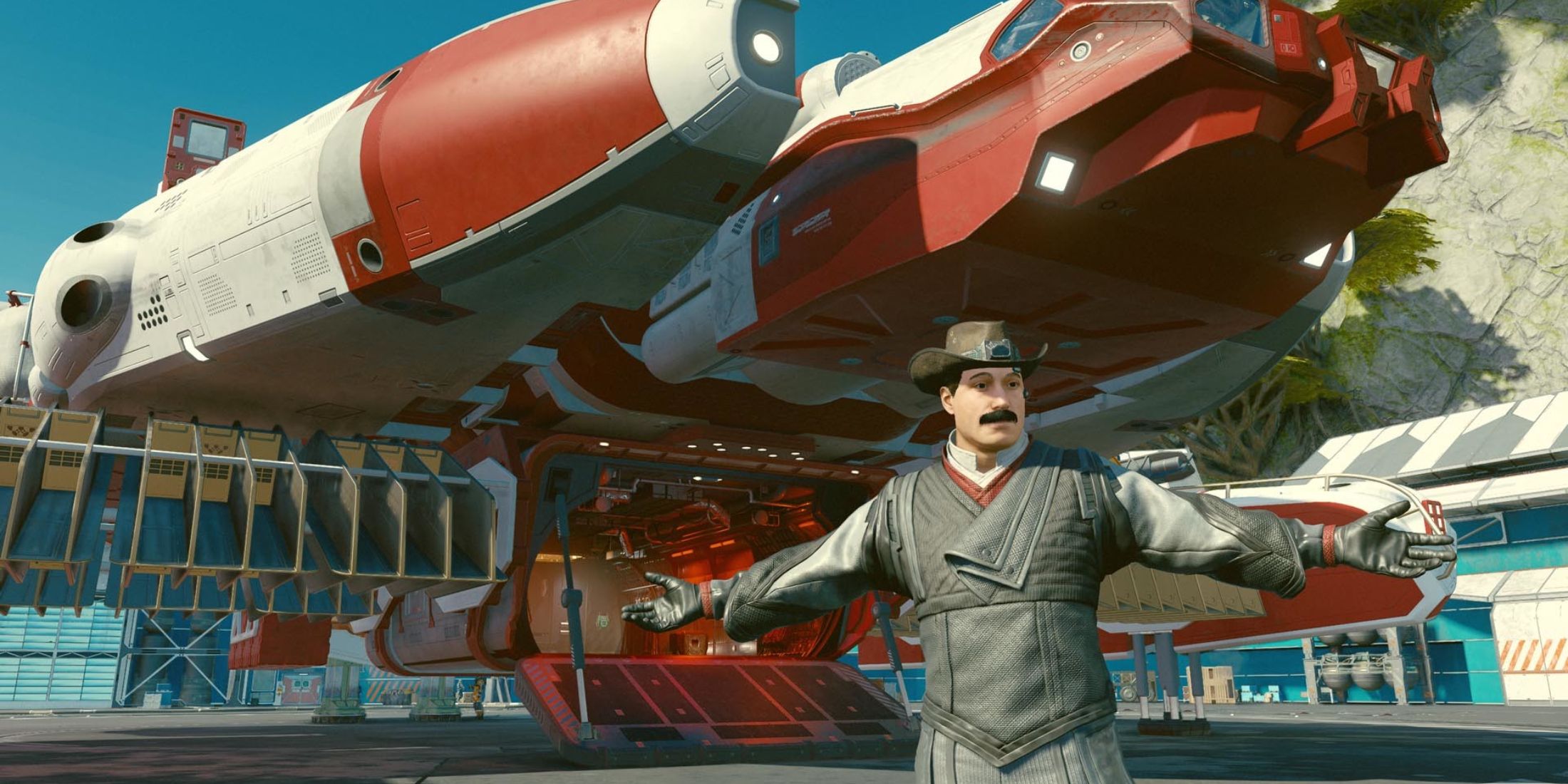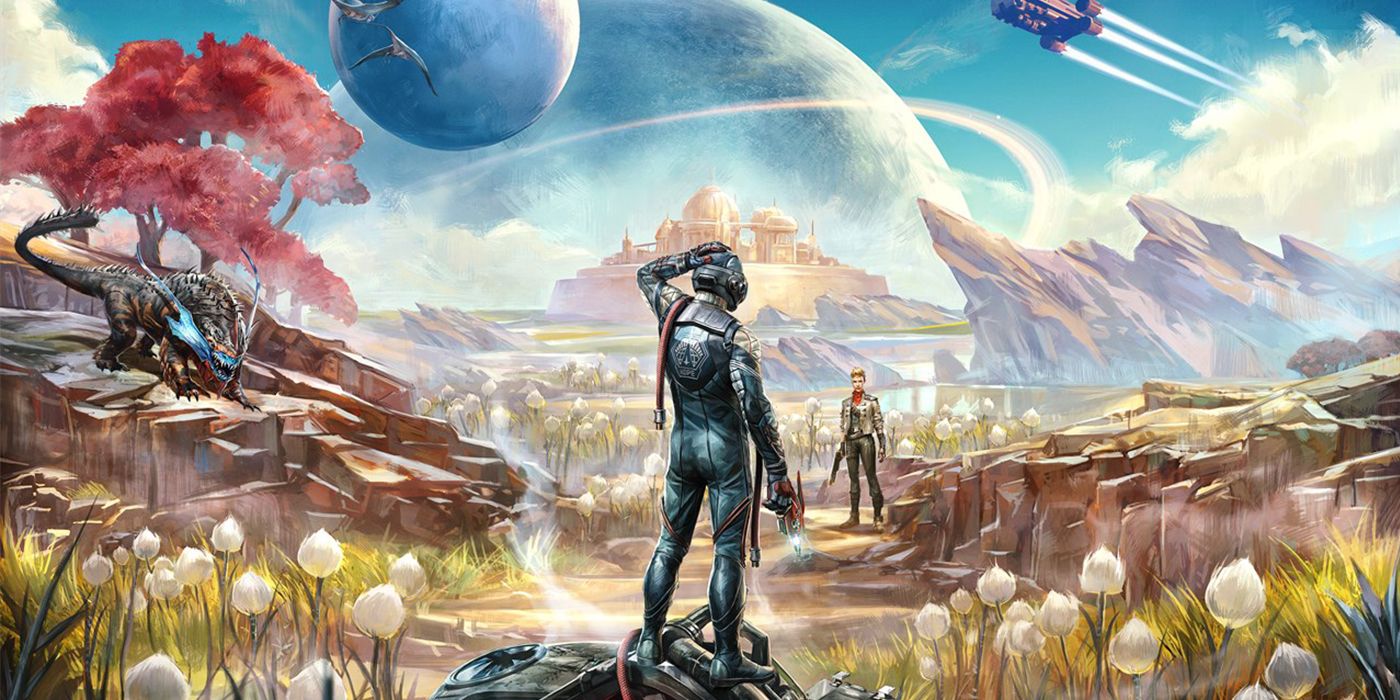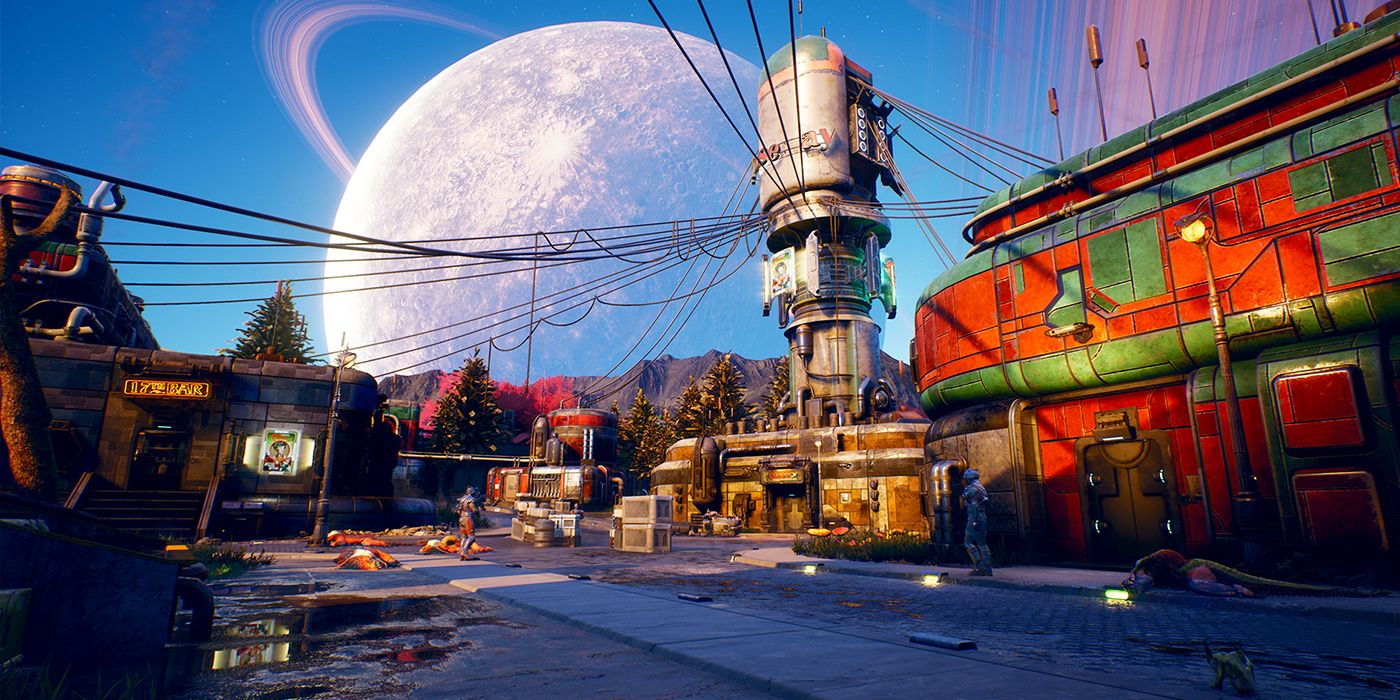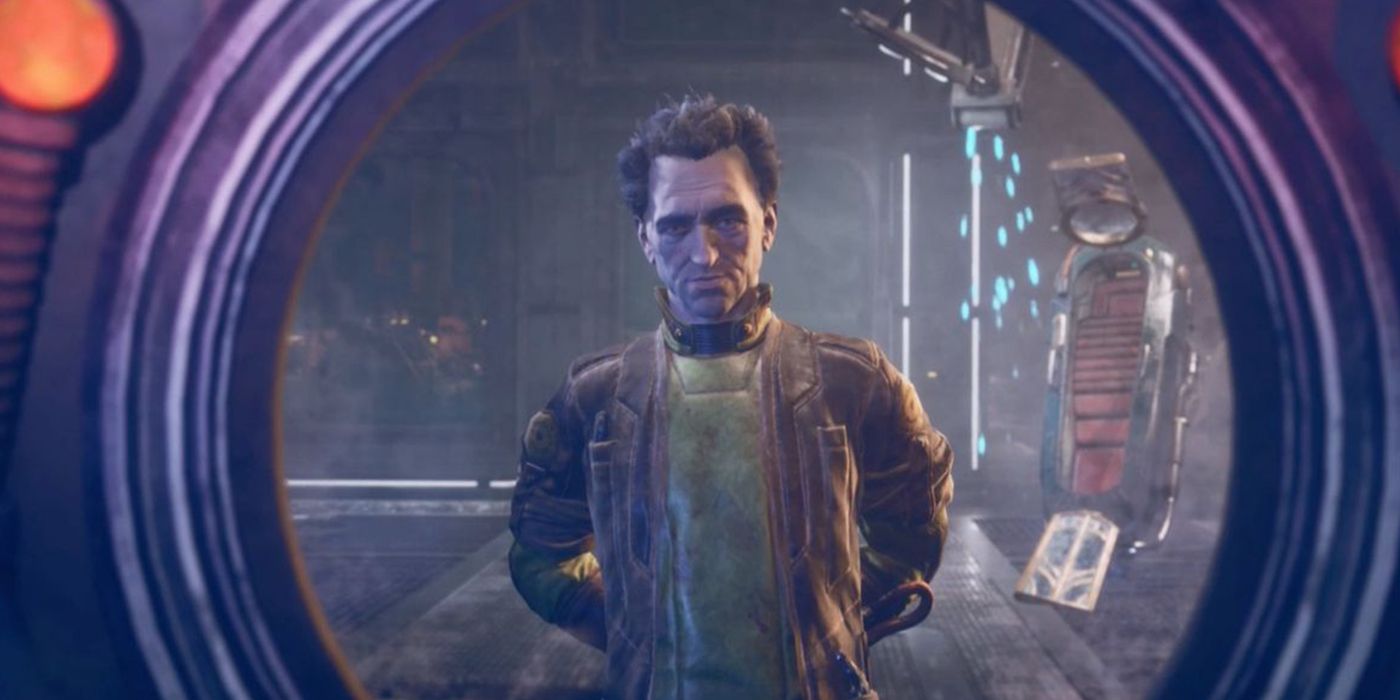With Obsidian's The Outer Worlds newly released, players are already figuring out what can potentially come about during the endgame. It's one of those games where the player's actions most definitely have consequences, so now it's time to explore each of the major endings that can be attained in the game.
The Outer Worlds essentially has three different endings: the good ending, "Save the Hope"; the bad ending, "Sacrifice the Hope"; and the crash and burn ending, because of course there's got to be a way to sink even lower than the plain old "bad" ending.
There are plenty of smaller variations to be achieved, and ultimately there's an endgame montage of how players' decisions affected the different factions and companions they encountered. Faction and companion outcomes are pretty straightforward: the more companion quests completed, the better their ending can be, and the same goes for whichever faction is sided with. However, the main ending is decided during the quest "Keep Secret but Not Forgotten."
The Good Ending
To get the good ending, players should side with Dr. Phineas Welles right from the beginning, and stick with him for the whole game. Luckily, that's not too difficult a thing to do, so players determined to get the best outcome shouldn't have too much trouble doing it. Don't turn him in at any point during the game, during "Keep Secret but Not Forgotten" instruct Ada to take The Hope to Terra 2 after making it to the colony ship's computer, and save Phineas on Tartarus afterward. Keep in mind that following Phineas to Tartarus is the point of no return, so make sure that all the other many Outer Worlds activities are finished up before running off to his rescue.
Within that, there are a few other things players can do to make their ending even better; making sure they have a high science skill throughout the game will come in handy for the colony, for one. Players should also ignore Akande's mission to put a tracking signal in Phineas' lab (sending a corrupted tracer instead), and collect all the chemical from the secret lab.
After all that, during the endgame, players can either talk or fight their way past Chairman Rockwell and Akande to get to Phineas, and talking with him will trigger the good ending. Halcyon will be saved from starvation, and with the brightest minds on The Hope revived, the Board's strength begins to slip.
The Bad Ending
Some people like to play the bad guy, and The Outer Worlds most definitely accounts for that. To be a true Outer Worlds villain, players can turn Phineas in to the Board at the Halcyon Holdings embassy. Players then go on a series of alternate (and diabolical) missions for the Board, which culminate in the bad ending. Siding with Sophia Akande is also part of this, sending a correct tracking signal from Phineas' lab, and followiing Sophia's directive to send The Hope to Tartarus rather than Terra 2.
Choose Tartarus as the ship's destination and once again let Ada make the actual jump. After this, Tartarus is still the point of no return--in this version, Phineas has incited a riot to try and save The Hope and taken Akande hostage. To get to the endgame, players must either talk their way through or fight him, thereby saving Akande and ensuring that everything pretty much goes horribly for everyone.
In this endgame, The Board's employment program causes smaller colonies to eventually collapse, while the people in Byzantium unfairly live it up in luxury. Also, The Hope is shot into space where everyone on board presumably dies. So, yeah, after all that, it's safe to say the player character who takes this route is bad to the bone.
The Crash and Burn Ending
There's a reason both previous ending explanations both insisted on having Ada pilot The Hope. To put it simply, if a character with very low intelligence tries to pilot The Hope themselves--to either destination--then regardless of what players choose, their character ends up losing control and driving The Hope right into the sun. It's also the fastest ending, and truly gives new meaning to the phrase "crash and burn."
A character that achieves this has to be so lacking in intelligence that they get the special "dumb" dialogue options, so it's something that players will have to actively plan out in character creation in Outer Worlds, run their character into so many land mines that they get the "Permanent Concussion" flaw, or abuse some negative status effect items in the game. Either way, this ending is both worse than the "bad" ending and way more ridiculous. There's no endgame montage where players see what becomes of their decisions, just a white screen and the feeling of failure.
From here, all that's left for players to do is choose which ending they'd like to personally unlock (if not all of them). While yes, there are dozens of other small variations in the endings based on more specific decisions and missions completed, it shouldn't be too hard for players to follow their moral instincts and make choices that match up with their endgame goals.
The Outer Worlds is out now for PC, PS4, and Xbox One.

